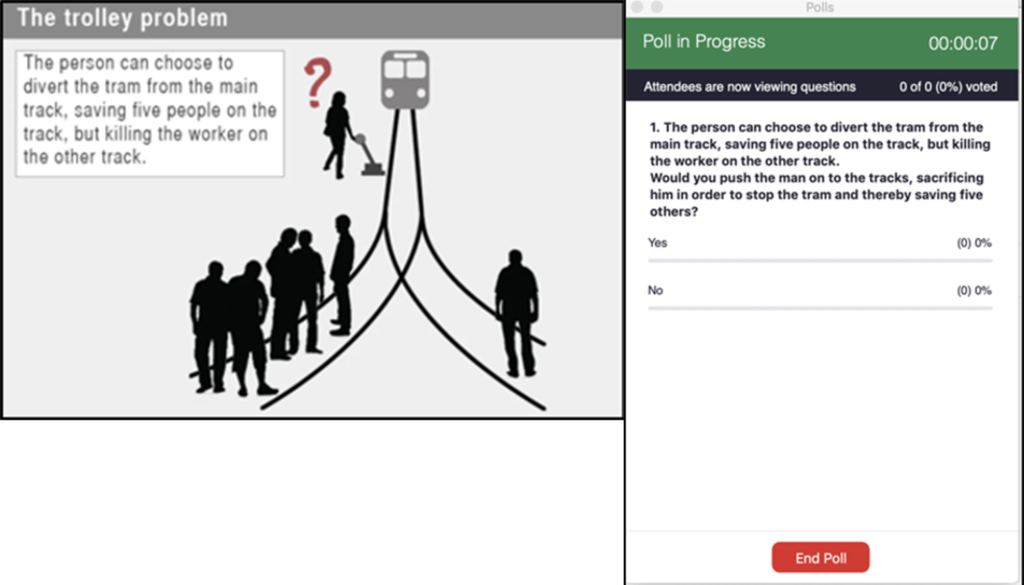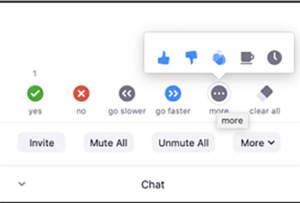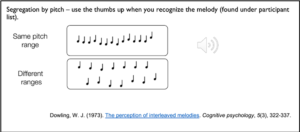I am writing this blog post on Monday morning, June 1st, 2020. Throughout this past weekend across the country, protests erupted following the death of George Floyd who died while pinned down by a Minneapolis police officer. Social media platforms and news outlets are flooded with tweets, videos, blog posts, hashtags, and images describing the chaos, anger, and destruction. (All of this has happened while the country is still reacting to and absorbing the economic, emotional, and physical health impacts of the COVID-19 outbreak).
What I most want this morning is the ability to turn to someone I trust with the education, perspective, and insight to help me think about the incredibly complex issues that erupted over the weekend:
- While I’m troubled by the looting, vandalism, and destruction of property I have been watching on the news, I am more troubled by the fact that minorities fear their lives when interacting with law enforcement. Where can I read different perspectives on this issue?
- What lessons can I teach my children about this moment and how to combat systemic racism?
- What authors might I read to understand the experience of being black in America right now? How about the history in our country that led to this moment?
- What needs to be done to make this a turning point for our country?
Fostering Information Literacy through Content Curation
The ability to research complex problems from multiple perspectives should be a fundamental goal of education. By guiding students through this process, we can help them become well-informed citizens, better parents, and more empathetic human beings. Developing these skills, however, depends on having access to the most relevant and informative resources.
College instructors, as experts in their fields, are in a unique position to provide learners with vetted collections of content. They can not only point students to resources they might not have discovered on their own, but can also provide context, share their point of view, and point out relationships between found materials. All of this will help make the content more meaningful for learners.
For the past several years, educators have started to recognize the value that they can provide to their students by sharing collections of reliably sourced content around a learning topic.
The keynote speaker at the Oregon State Ecampus Virtual Faculty Forum this year, Tracey Tokuhama-Espinosa, spoke about the use of mini-libraries (which she calls “Bundles”) in her courses. Tracey is a neuroscientist and professor with Harvard University Extension School. The Bundles she uses are curated lists of hyperlinked articles, videos, podcasts for each topic that help ensure students are allowed entry points to the same subject from their individual starting point. Tracey uses analytics to see how much time students are spending on the bundles which informs the course and bundle design for future iterations. She also uses them to differentiate homework for cross-listed courses with both graduate and undergraduate students (Tokuhama-Espinosa, 2020).
Online students, like most of us, are continuously dealing with information overload. My Google search for “systematic racism” returned 16,800,000 results in 0.34 seconds. How am I supposed to process close to 17 million results, particularly without prior knowledge of thought leaders and reliable sources in this field?
Students face these same research challenges. The time it takes to go through millions of returned search results looking for something useful and relevant. Time that could be better spent on an in-depth review and analysis of instructor vetted materials.
By providing a narrowed list of references instructors are also helping contribute to students’ information literacy. It is possible to model, through the selection and provided context, what makes a particular source credible. Is it the author? The fact that it comes from a peer-reviewed publication? The way an author sites their sources or the citations this particular content has received? Use this opportunity to support student’s development of their own “crap detector.” (Rheingold, 2009)
What is the Process?
There is more to curation than sharing lists of articles and videos. As the curator, an instructor is adding value through the organization and maintenance of the collection along with the context provided to the collected materials. Here’s a suggested process for instructors gathering curated collections of content for learners:
- Identify Themes – Find a topic for which you wish to create a collection of materials. Name this collection and add it to your course in a way that is easy to modify.
- Select Sources – Consider where you are going to search for content. You may already have several saved resources around the topics you teach. Can you supplement with scholarly journals you read regularly or blogs you follow? Who are the thought leaders in your field? Who do they follow?
- Establish Filtering Criteria – What types of materials won’t you include? What is the learning objective that aligns with this particular collection and how should that inform what material you include?
- Organize the Content You Have Selected – Should material be accessed in a particular order? Is there guidance you can provide based on the starting point of your learners? Are there natural sub-topics or patterns?
- Provide Context – Why did you select a particular piece? Does it contradict the information in other sources? What key questions should learners be able to answer after consuming the content? How does this piece fit into this collection’s larger theme? Are there emerging patterns? How does it fit in a historical context?
- Build a Linked List to the Selected Materials and Provide Attribution – Curation, while benefiting from the organization, context, and insight of the curator is only achieved through the sharing of work from others whose efforts should be recognized.
- Create Learning Activities Around the Collected Content – Given the learning outcomes associated with this particular topic or theme, what do you want students to do with the information they acquire going through the content? Are they going to discuss it with their peers? Use it as a basis for a position paper or as research for a project? Maybe you want them to create their own curated collections based on this example, or contribute to yours.
- Regularly Update Your List – Review your collections for broken links, outdated content, and supplement with new content. Look for other ways to refine your collection around current news events or new research.
Through effective content curation and inclusion of topic-based “mini-libraries” within their courses, instructors can become a guide for their learners. Instructors will expose students to new ideas and help them quickly access information that has already been reviewed for credibility. By doing so, instructors have the opportunity to model – in an academic setting – what we so desperately need in our personal lives as well: how to grapple with difficult issues from multiple perspectives while sharpening our information literacy skills.
For further reading, you may wish to review the curated Anti-Racist Reading List from Ibram X. Kendi published by the Chicago Public Library (Kendi, 2019)
Postscript: After writing the first draft of this blog post, I found a credible source on Twitter addressing the question, How to Make this Moment the Turning Point for Real Change (Obama, 2020).
References
Kendi, I. X. (2019, February 12). Anti-Racist Reading List from Ibram X. Kendi—Chicago Public Library. BiblioCommons. https://chipublib.bibliocommons.com/list/share/204842963/1357692923
Obama, B. (2020, June 1). How to Make this Moment the Turning Point for Real Change. Medium. https://medium.com/@BarackObama/how-to-make-this-moment-the-turning-point-for-real-change-9fa209806067
Rheingold, H. (2009, June 30). Crap Detection 101. City Brights: Howard Rheingold. https://blog.sfgate.com/rheingold/2009/06/30/crap-detection-101/
Tokuhama-Espinosa, T. (2020, May 5). Faculty Forum 2020—Keynote—Never a Better Time to Be an Educator! Ecampus Faculty Forum Special Virtual Event, Oregon State University Ecampus. https://ecampus.oregonstate.edu/faculty/forum/
Special thanks to OSU Ecampus Assistant Director of Instructional Design Laurie Kirkner for her insightful peer review comments and wording suggestions on this blog post.


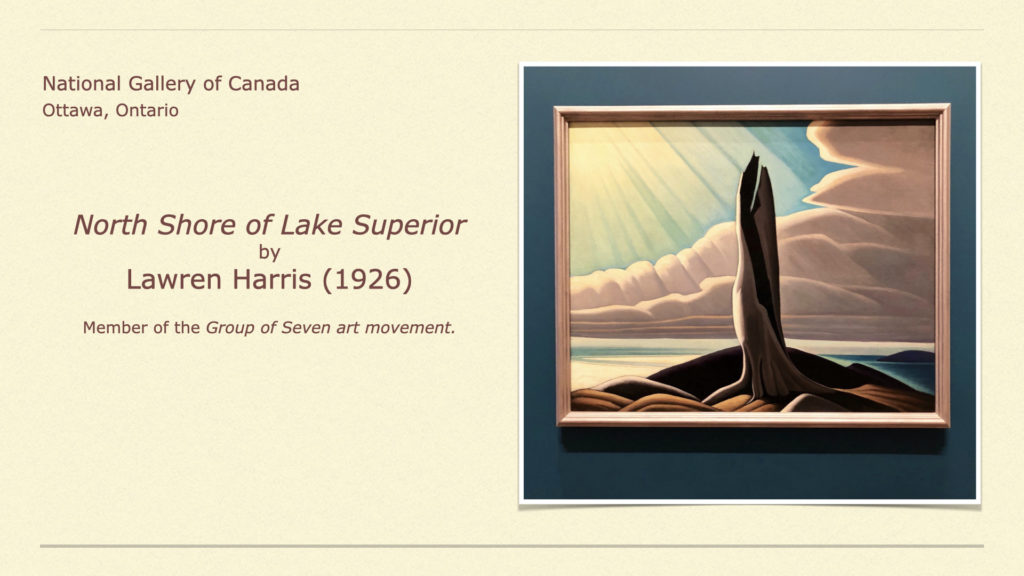




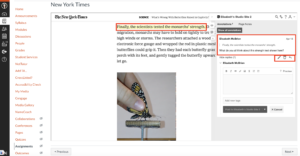
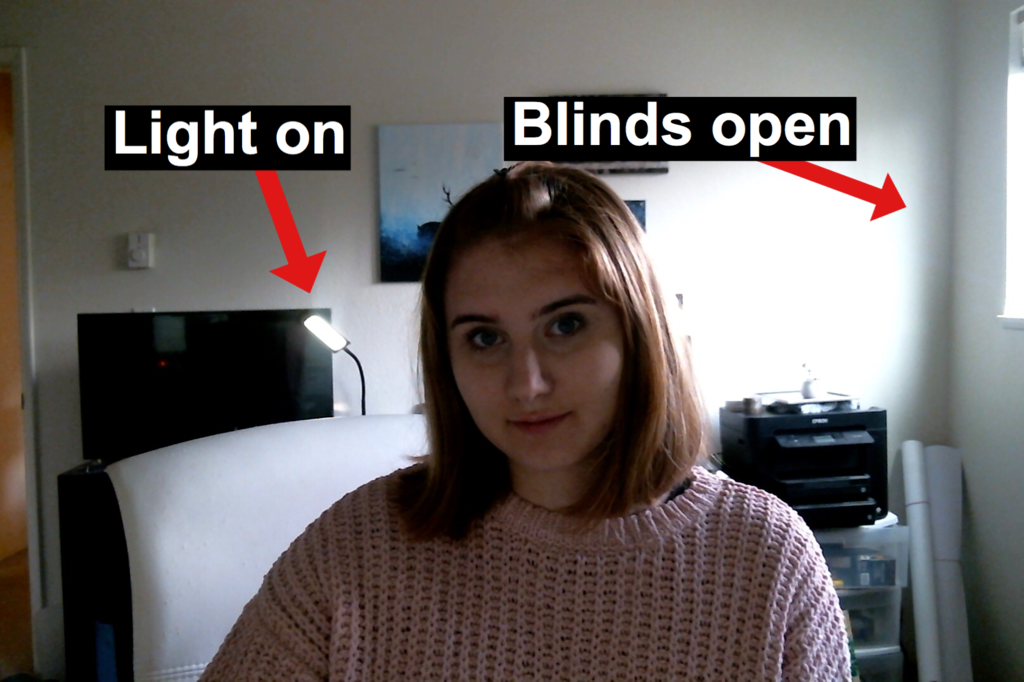


 For DIY video production, there are many ways to go about this!
For DIY video production, there are many ways to go about this!

